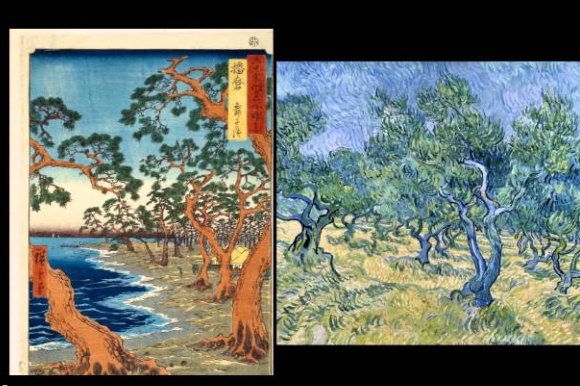Vincent van Gogh, one of the most renowned artists in history, was greatly influenced by the works of Japanese printmaker Utagawa Hiroshige. Van Gogh’s fascination with Hiroshige’s art greatly impacted his own artistic style and techniques.
Early Exposure to Japanese Art
Van Gogh was first introduced to Japanese art while living in Paris in the late 19th century. He was captivated by the intricate details, vibrant colors, and unique compositions of Hiroshige’s woodblock prints.
Incorporating Japanese Techniques
Van Gogh began to incorporate elements of Hiroshige’s style into his own work. He used bold, contrasting colors and experimented with different perspectives and compositions, much like Hiroshige did in his landscapes.
Stylistic Influences
Hiroshige’s depictions of nature, particularly his landscapes and scenes of everyday life, resonated with van Gogh. He admired the simplicity and beauty of Hiroshige’s compositions, and sought to capture similar emotions in his own paintings.
Embracing the Japanese Aesthetic
Van Gogh’s fascination with Hiroshige’s art led him to embrace certain aspects of Japanese aesthetics in his own work. He adopted a more minimalist approach, focusing on capturing the essence of his subjects rather than realistic details.
Legacy of Influence
Van Gogh’s exploration of Japanese art had a lasting impact on his artistic development. His later works, such as “Starry Night” and “Irises,” bear the mark of Hiroshige’s influence in their use of color, composition, and emotional depth.
In conclusion, Vincent van Gogh’s fascination with Hiroshige’s art had a profound influence on his own artistic vision. By studying and emulating the techniques of the Japanese master, van Gogh was able to create some of the most iconic and timeless works in the history of art.


